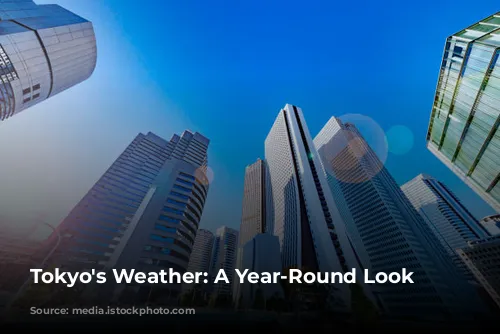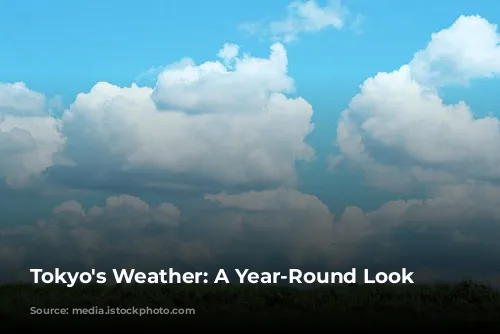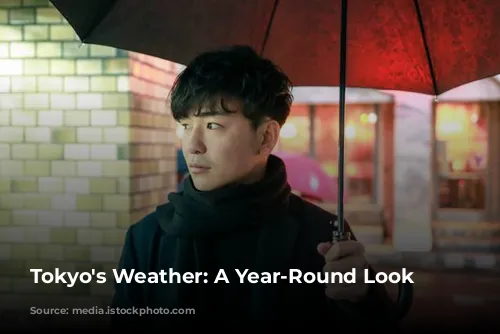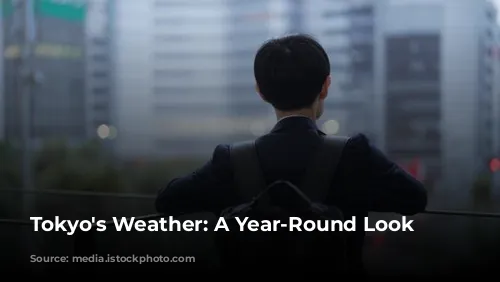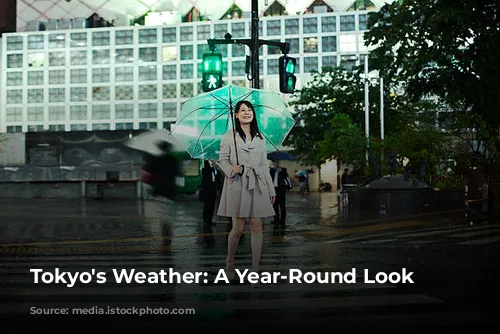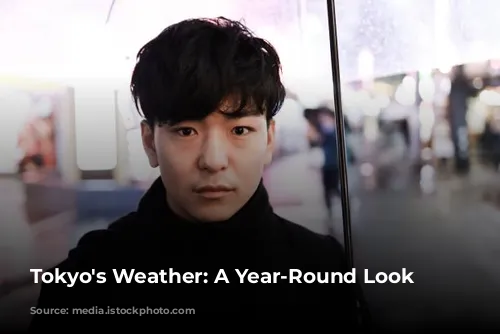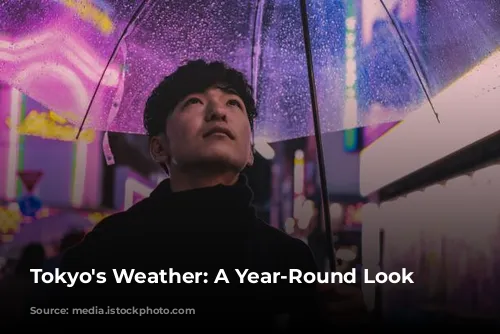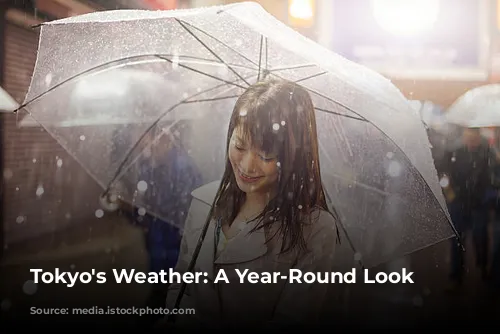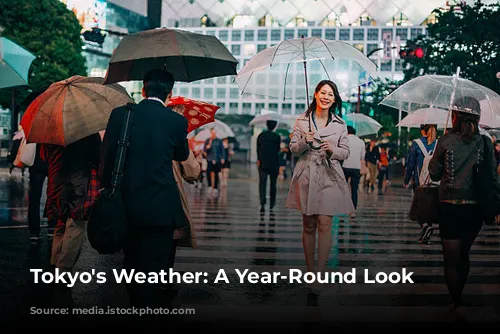Tokyo’s weather is diverse, with warm, humid summers and chilly, clear winters. Throughout the year, temperatures typically range from a refreshing 36°F to a warm 87°F, rarely dipping below 31°F or soaring above 93°F.
Planning a trip to Tokyo? This detailed look at Tokyo’s weather will help you choose the best time to visit, depending on your interests.
A Glimpse of Tokyo’s Yearly Temperature Pattern
Think of Tokyo’s temperature pattern as a beautiful, swirling kaleidoscope of colors. This visual representation uses the color of each hour of the day to show the average temperature throughout the year. This colorful map reveals the gradual shift in Tokyo’s temperature, from the chilly winter months to the balmy summer days.
Finding a Weather Twin
Tokyo’s climate is unique, but there are two distant locations with remarkably similar weather patterns. These locations, Southern Shores, North Carolina, USA, and Langarūd, Iran, are a world away from Tokyo, yet share a surprisingly similar climate.
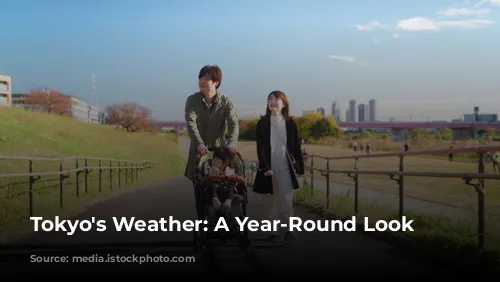
Understanding the Sun’s Path Across the Tokyo Sky
This sun map illustrates the sun’s journey across Tokyo’s sky throughout the year. The map reveals the sun’s position (azimuth) and angle (elevation) at every hour of every day. By understanding the sun’s movement, you can better plan your outdoor activities, from enjoying a picnic under the sun to capturing stunning sunset photos.
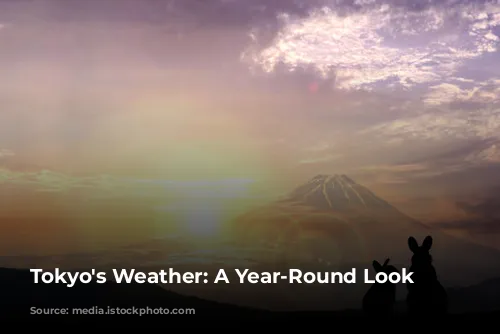
Choosing the Best Time to Visit Tokyo
To help you plan your trip, we’ve designed two travel scores: one for general tourism and one for beach and pool activities.
The tourism score favors clear, rainless days with comfortable temperatures, typically between 65°F and 80°F. Based on this score, the best times to visit for general outdoor activities are from mid-May to early June and from early September to late October. The most ideal time within this range is the last week of September.
The beach/pool score favors sunny, dry days with warm temperatures, typically between 75°F and 90°F. If you’re hoping for hot weather activities, late July to early September is your best bet, with the third week of August offering the peak experience.
Each score considers three factors: temperature, cloud cover, and precipitation. These individual scores are combined to create an overall hourly score, which is then averaged across the entire analysis period (1980 to 2016) to offer a comprehensive picture of Tokyo’s weather throughout the year.
Our scoring system takes a nuanced approach:
- Cloud cover: Clear skies receive the highest score, while overcast skies receive the lowest.
- Precipitation: Dry days earn the highest score, while days with heavy rain receive the lowest score.
- Temperature: Each score has its own temperature range, and the highest score is awarded to temperatures within that range.
By combining these factors into a single score, we’re able to provide a clear and informative guide to help you plan your perfect Tokyo vacation.
